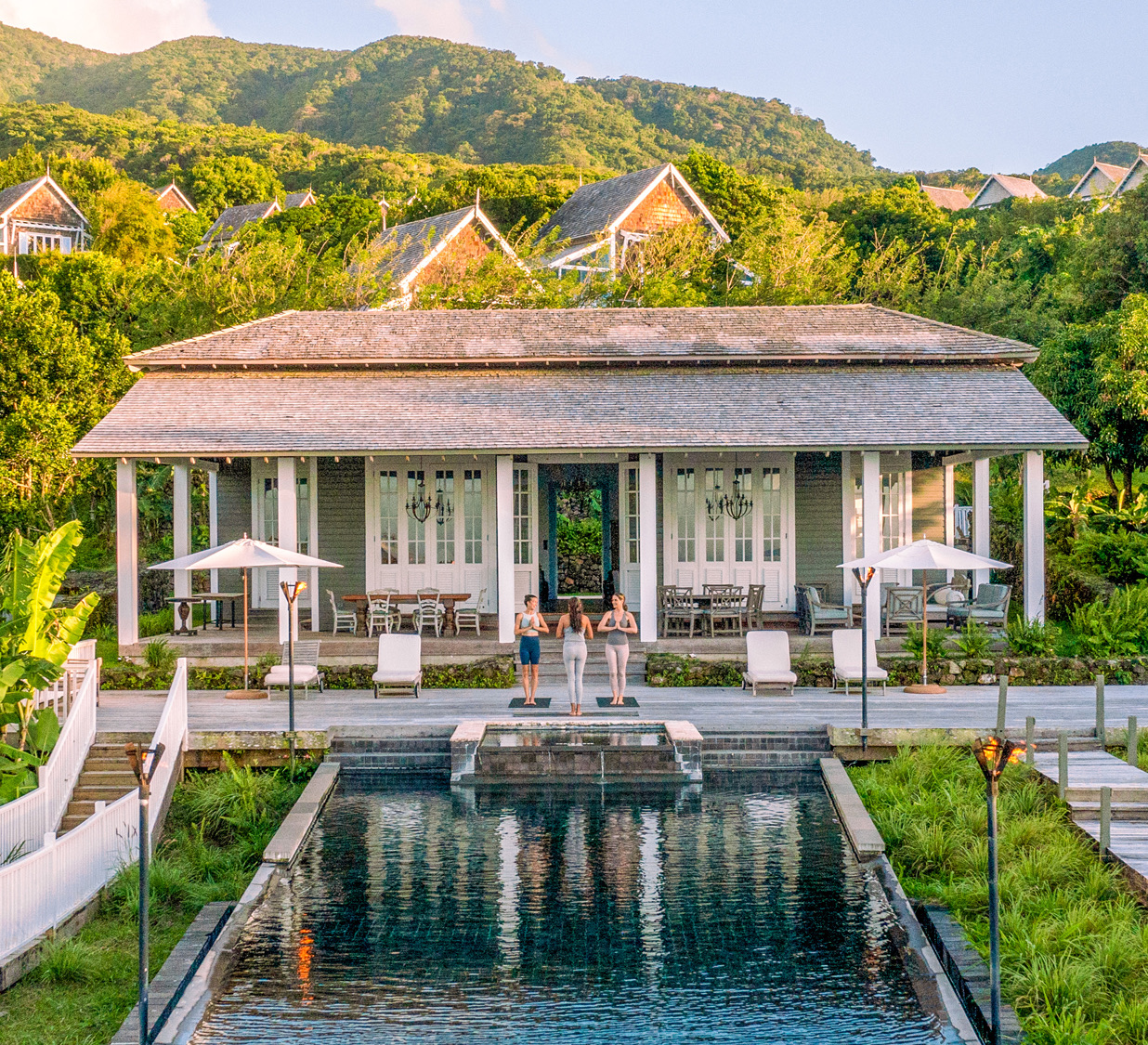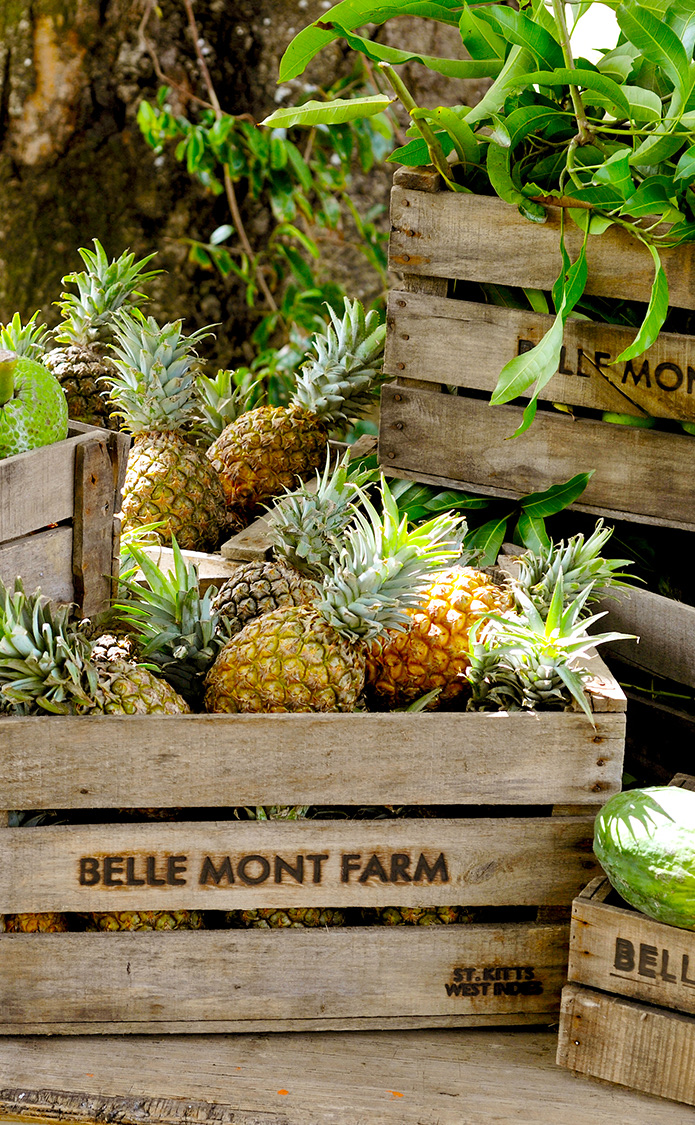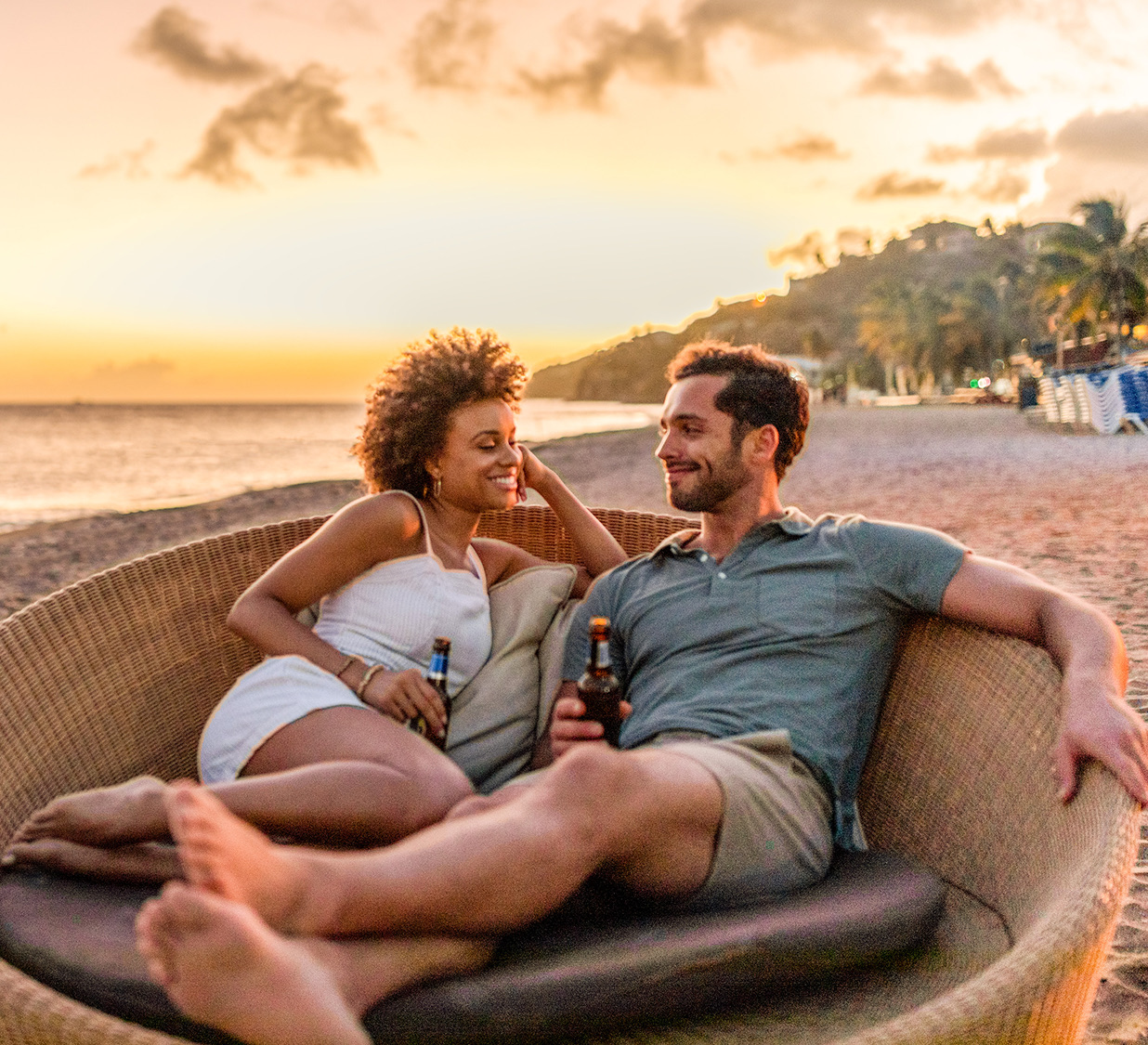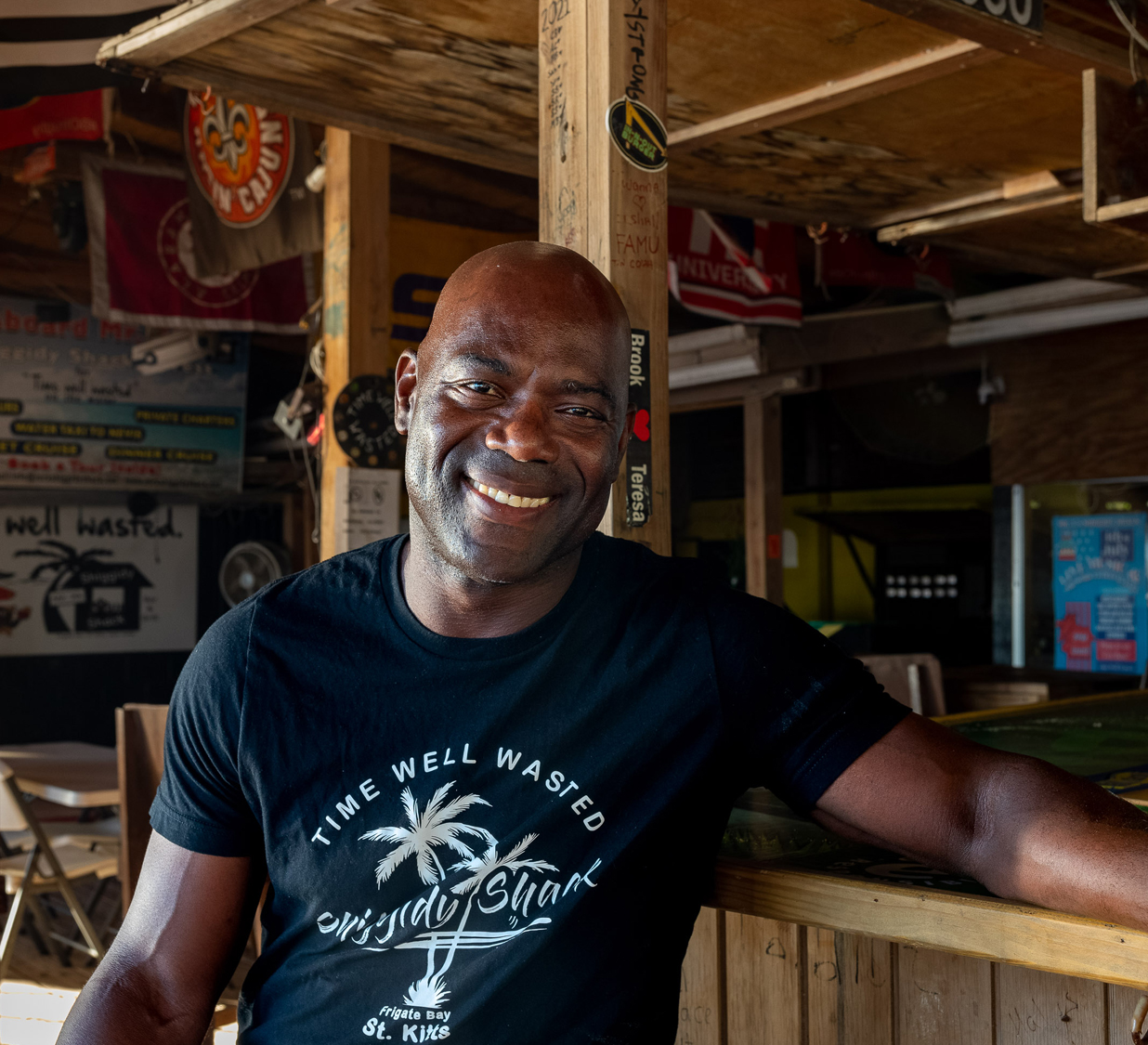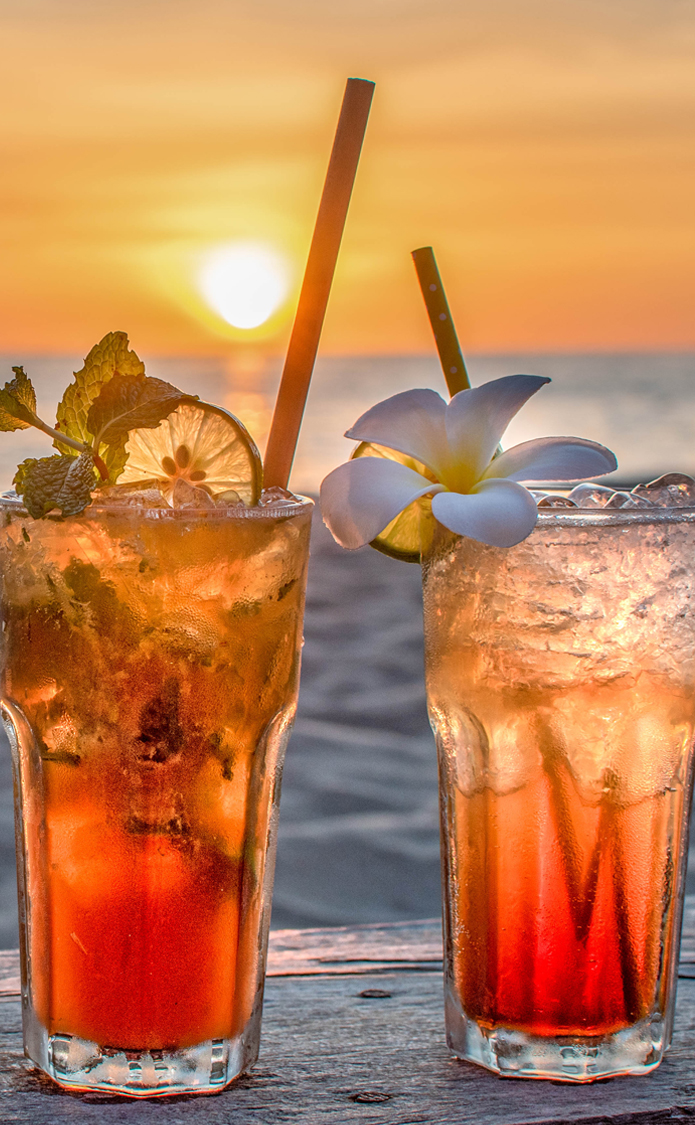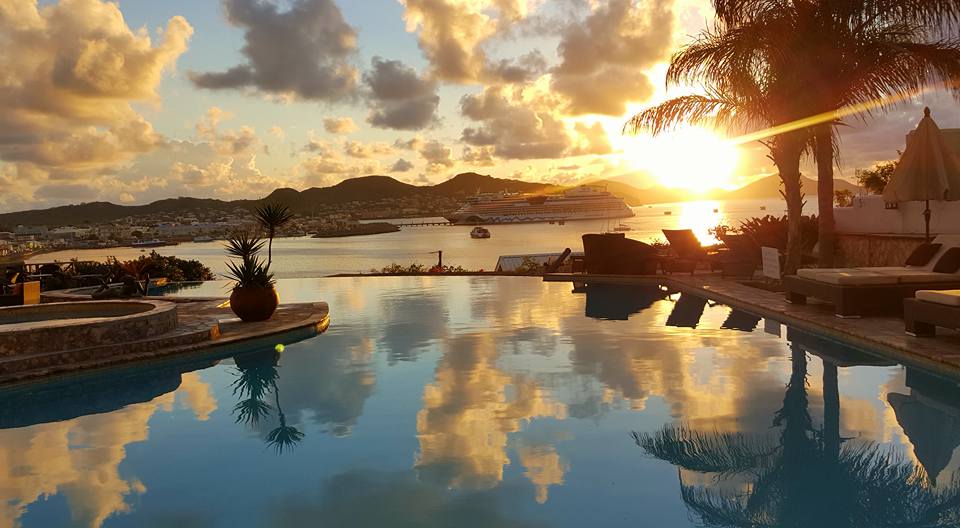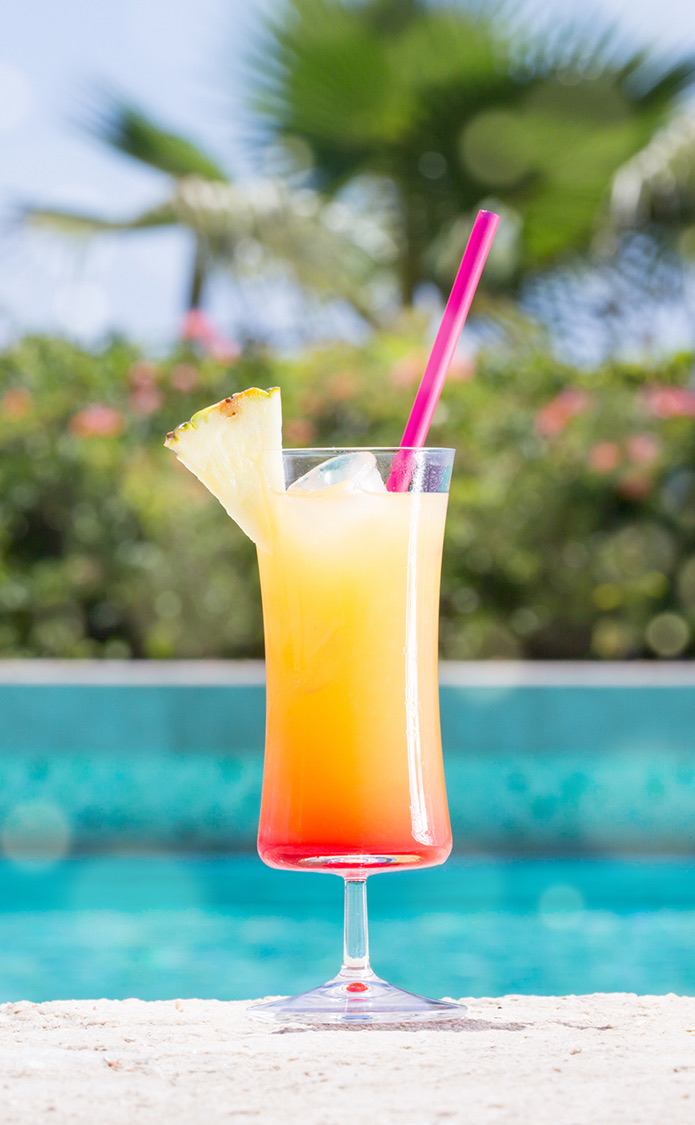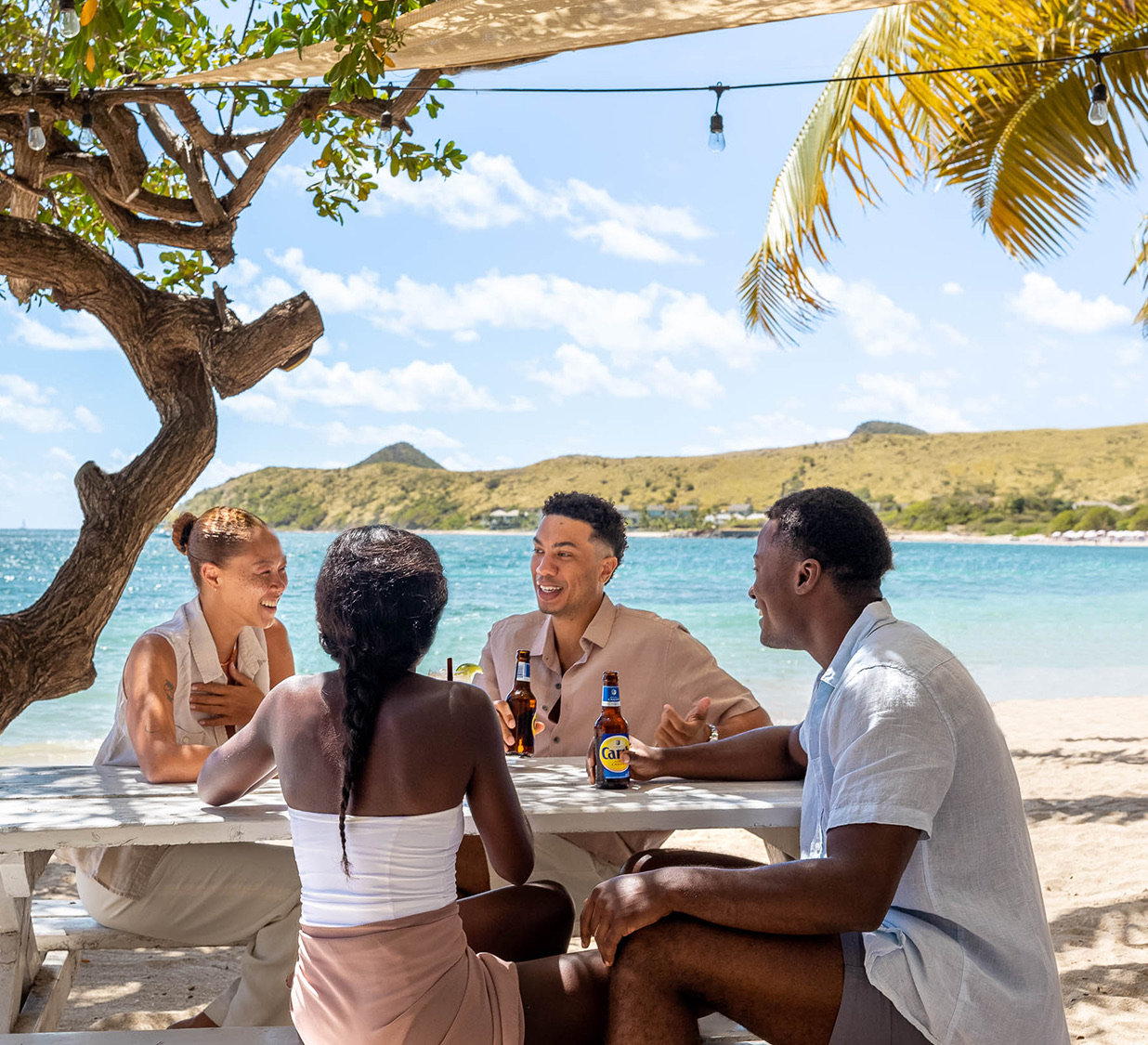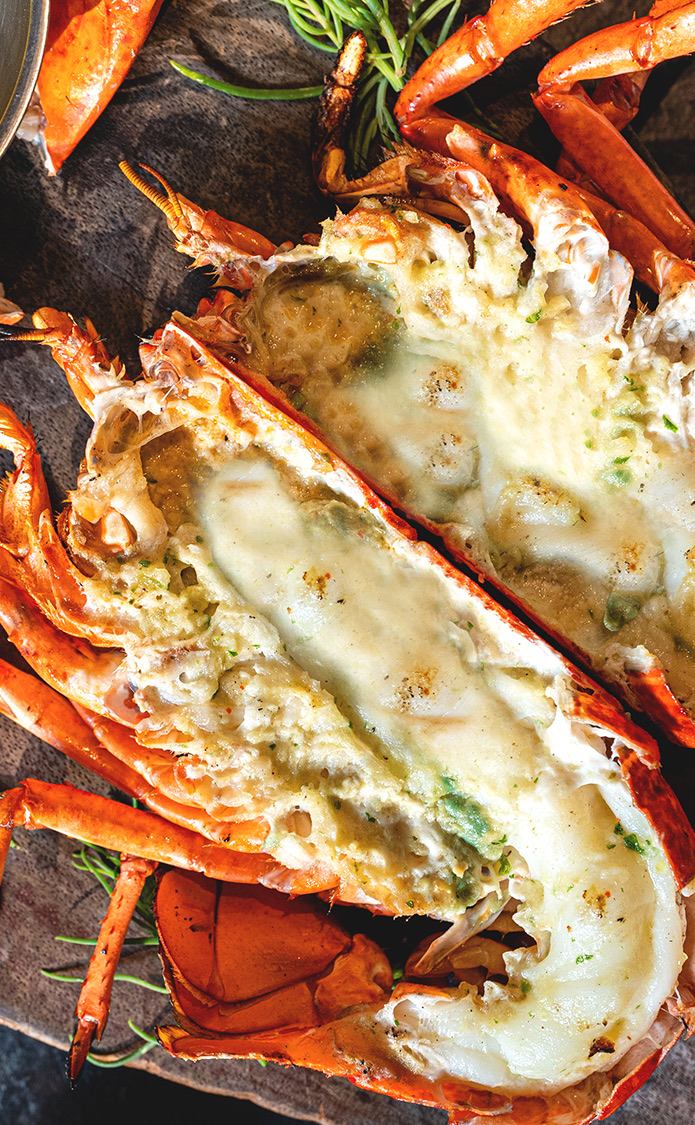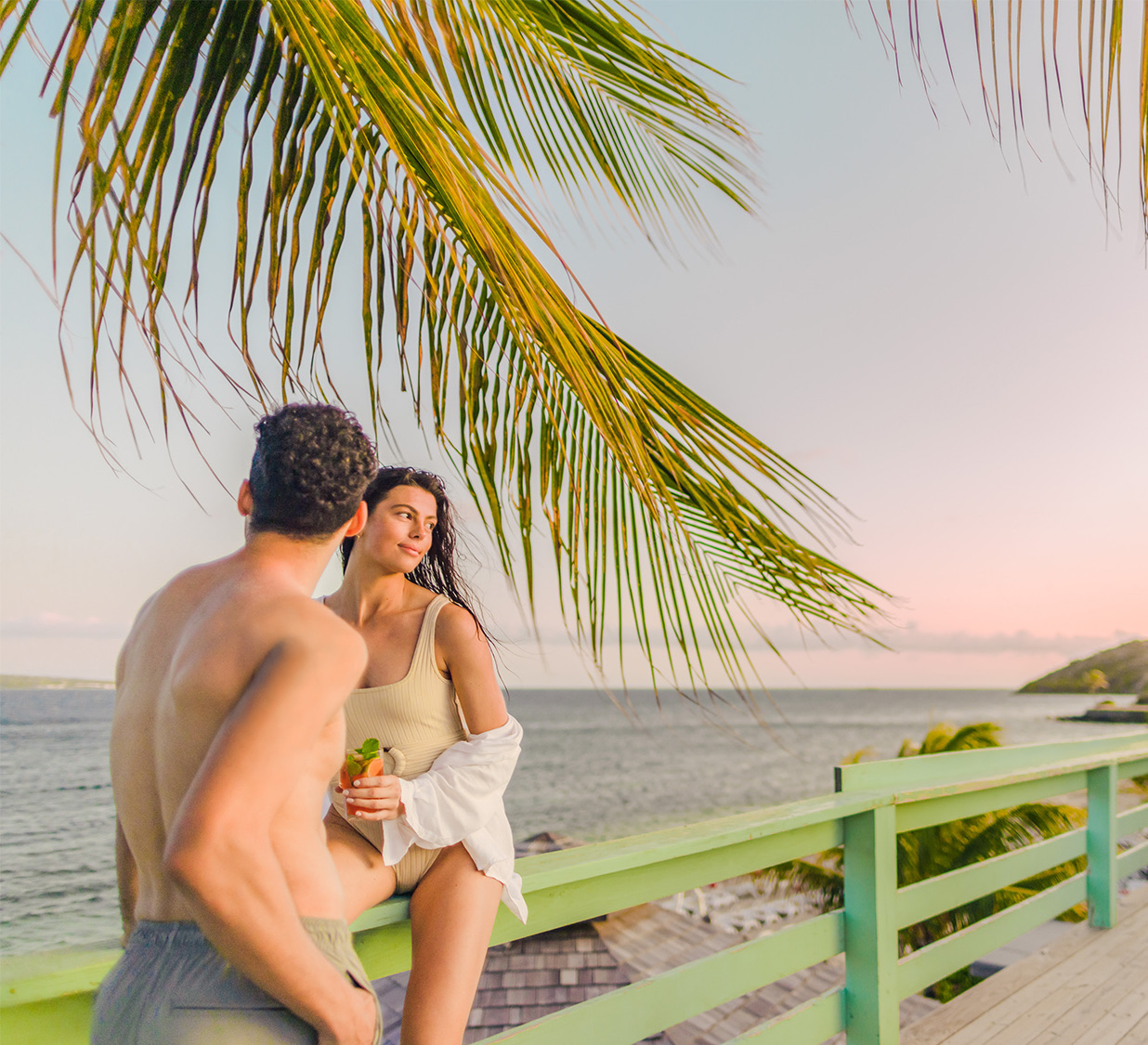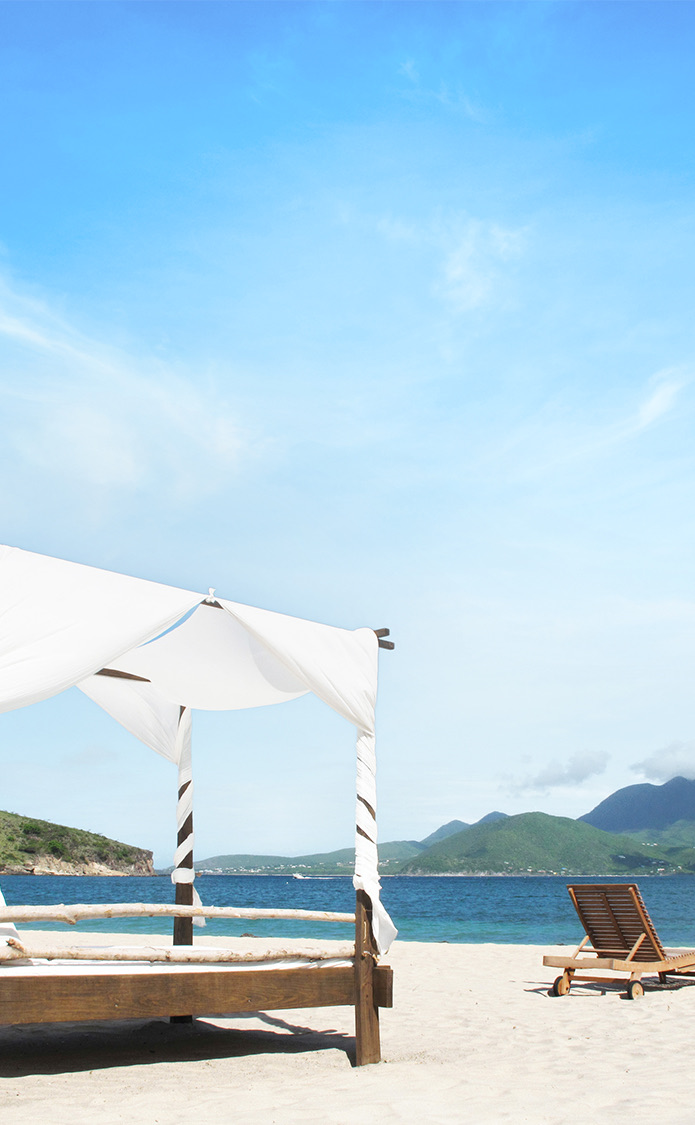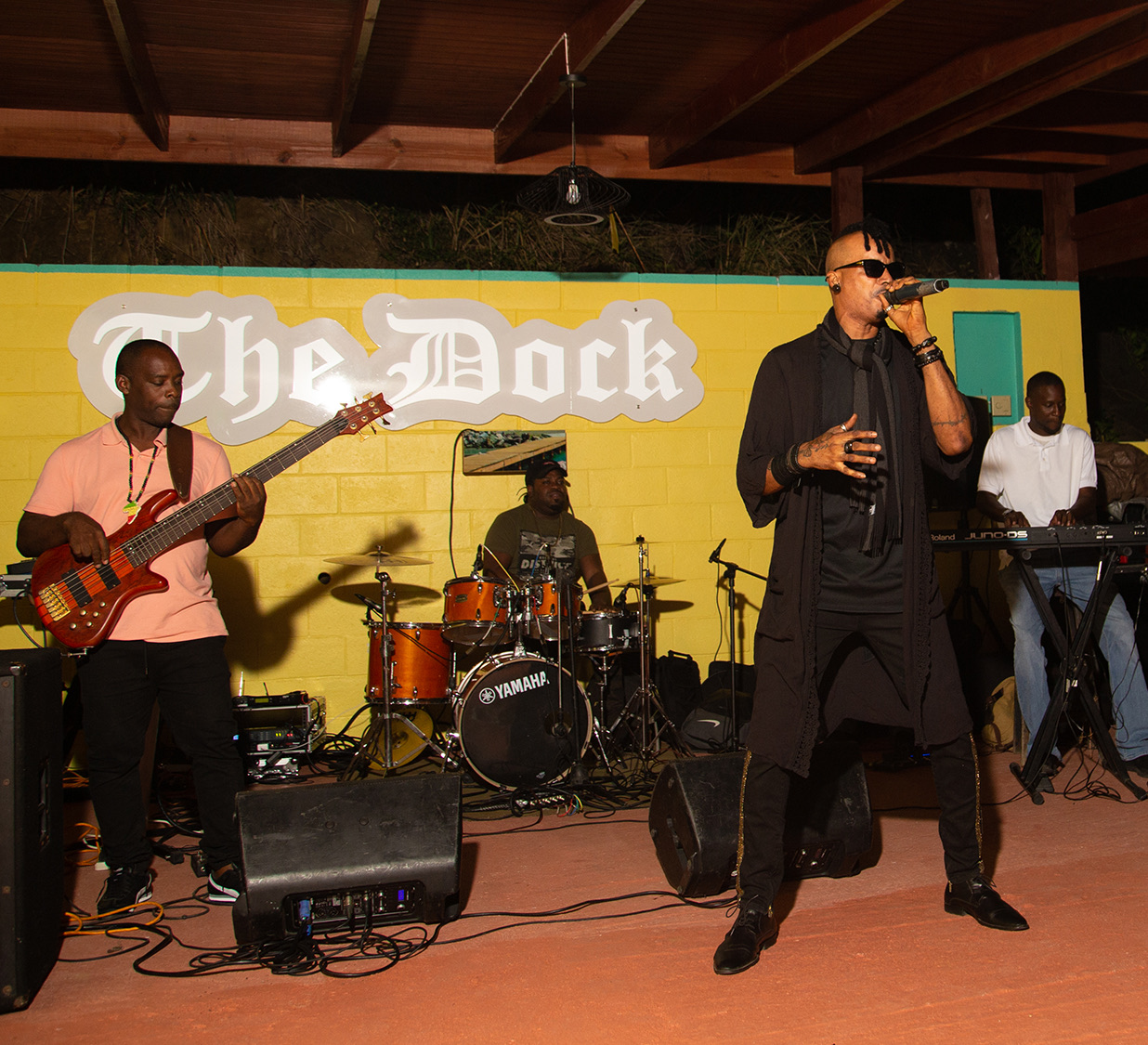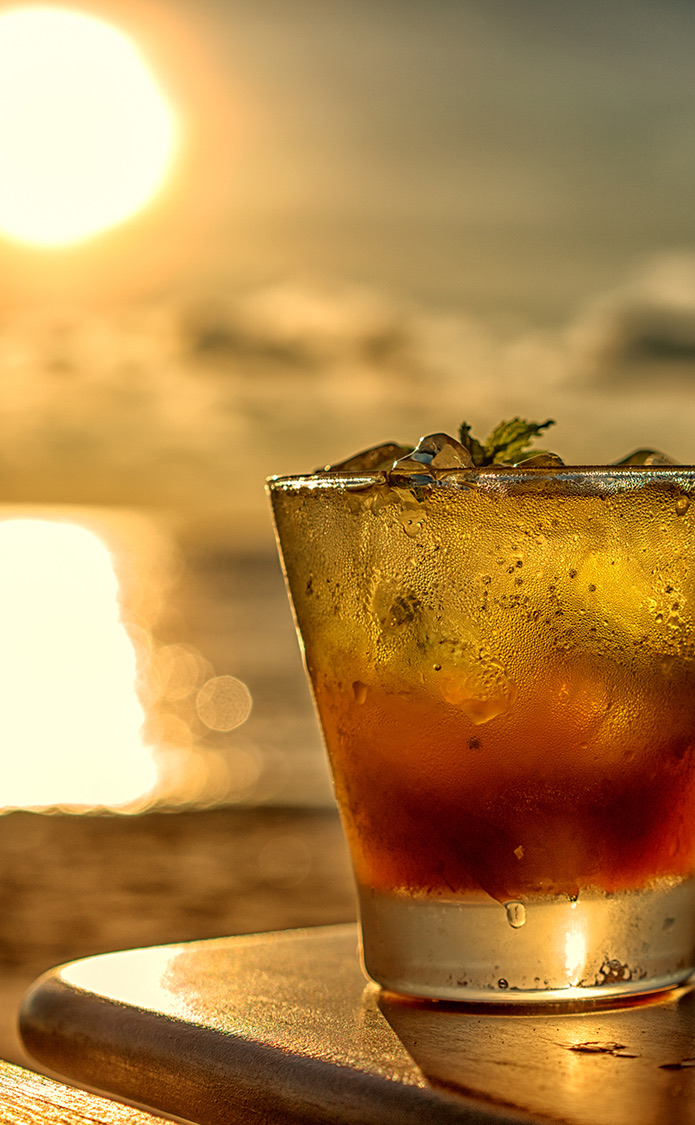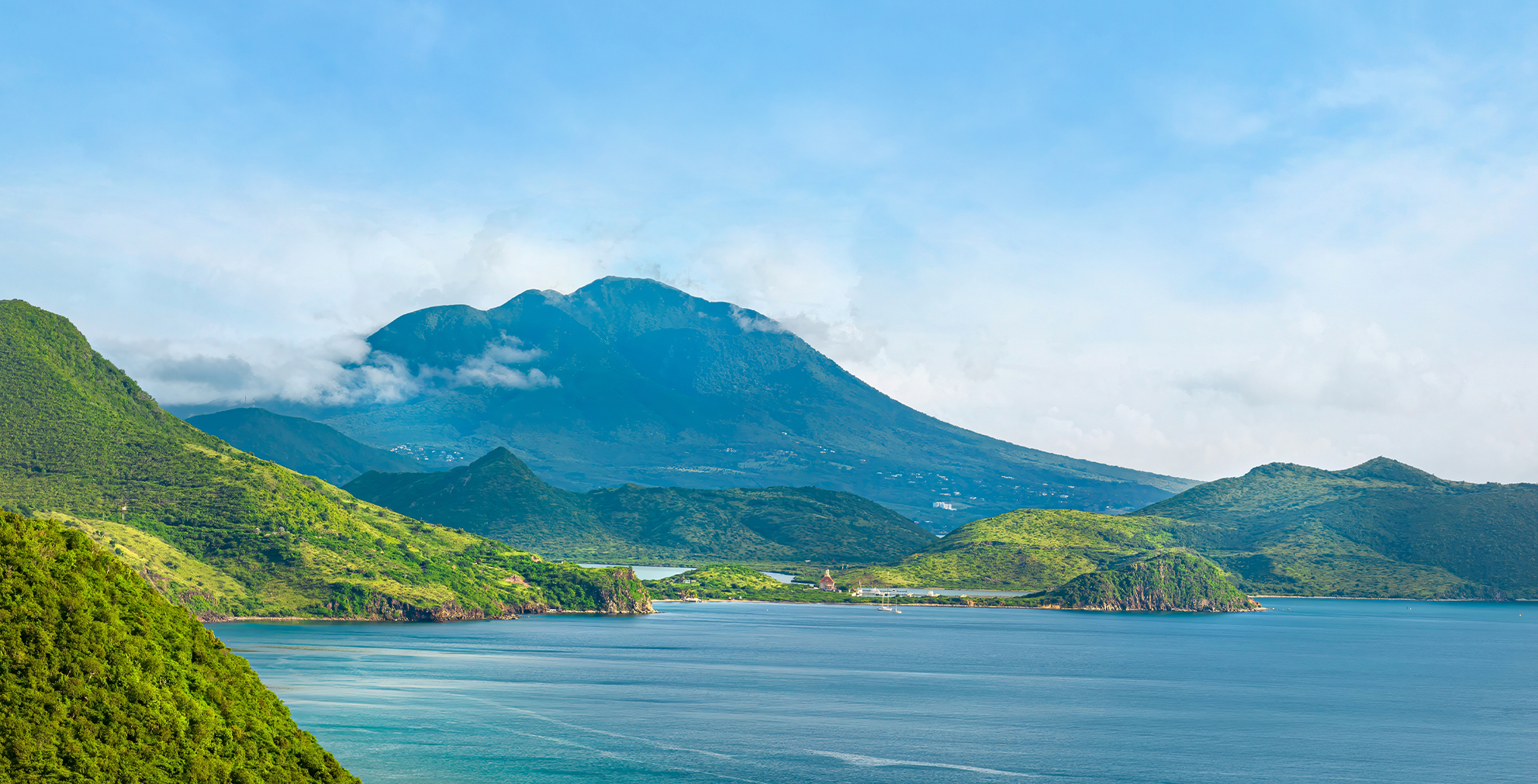

a green text on a black background
About St. Kitts
BE AMAZED
Behold an island of awe-inspiring vistas and mystifying experiences. Where canopied rainforests expand with life, and towering mountains meet sun-swept beaches of black and gold. Where a proud culture and vibrant city center coexist with wondrous, uncrowded landscapes. Where the highest of adventures meet the most blissful moments of zen. This is St. Kitts—explore at your leisure.
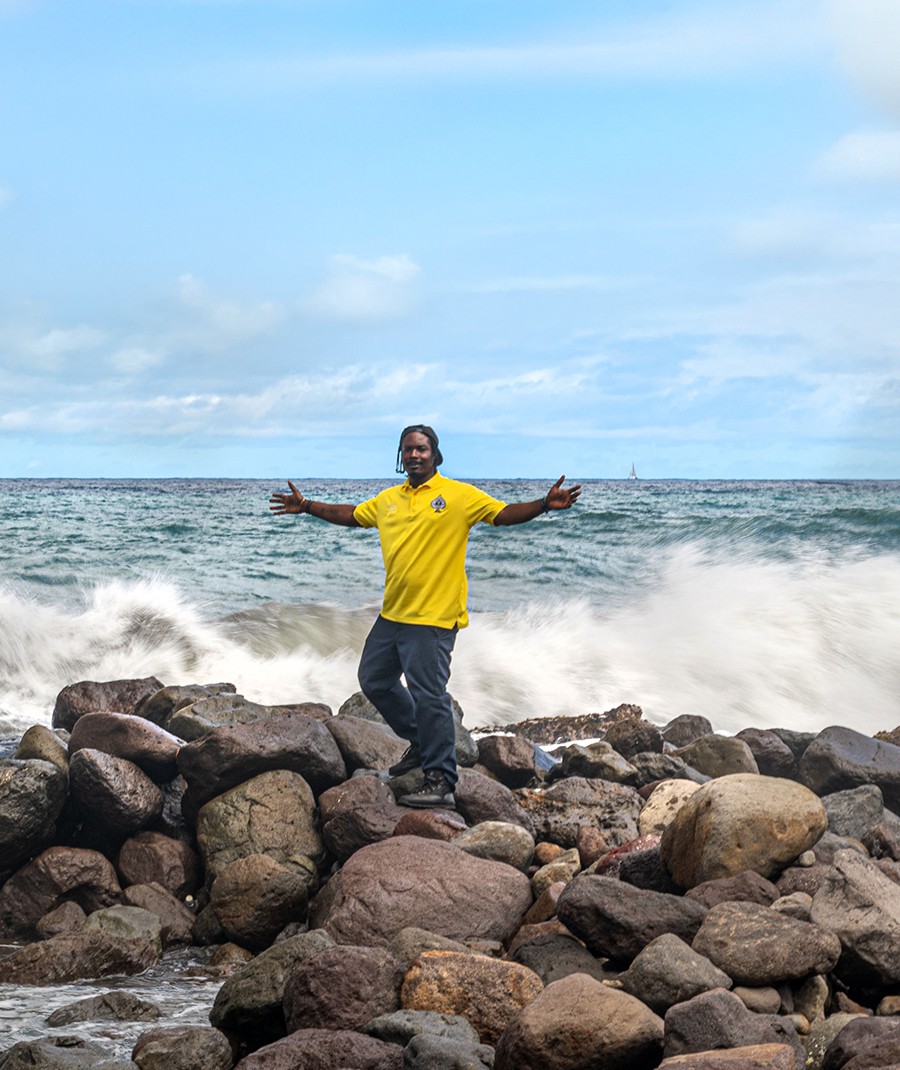
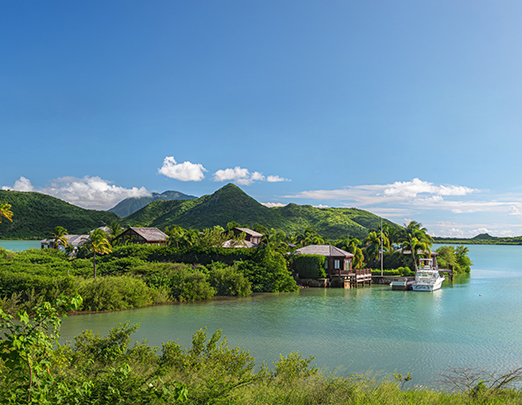
Warm.
Welcoming.
Proud.
At the heart of St. Kitts’ magnetic allure lies her people. Our rich culture and traditions are a testament to our history and national pride.
From the very moment you arrive, the island's vibrant nature reveals itself in every aspect of daily life: the energetic beat of a soca tune playing at a beach bar, the rich flavors of homegrown fruits and vegetables in dishes like goat water stew, stewed catfish, and coconut dumplings, and the bright costumes and raucous revelry of our annual carnival. As you explore the island, you'll collect these moments of joyful discovery, uncovering the soul of St. Kitts.
Quick Facts
History
Discover &
Early Times1493 - 1712
For most of its early history, St. Kitts was inhabited by the Kalinago, who called it Liamuiga (“fertile island”). The island’s formally recorded history begins in 1493, following the arrival of Christopher Columbus during his second voyage of discovery. The island was originally named St. Christopher—a nod to the patron saint of travelers—and later shortened to the one we know today. By 1623, both British and French forces had settled on the island, making St. Kitts the first non-Spanish European colony in the Caribbean.
The Mother Colony of the West Indies1713 - 1983
In 1712, St. Kitts was ceded to the British through the Treaty of Utrecht. Sugar production skyrocketed under British rule, and by 1776, the island had become the richest British colony in the Caribbean. The production of sugar continued to play a crucial role in the island’s economy, even after the abolition of slavery in 1834. In 1983, independence was granted, and a new chapter began for its citizens as well as its economy.
A New Horizon1983 - Today
In the years that have followed St. Kitts’ independence, the smallest country in the Caribbean has matured into a thriving cultural hub, worthy of its location on the global stage. Visitors arrive from all over the world, allured by its deep sense of history and tradition, its rugged landscapes, and its novelty that remains unrivaled among islands in the Caribbean.

 1st English Colony in the Caribbean
1st English Colony in the Caribbean  Originally named Liamuiga ("fertile land”)
Originally named Liamuiga ("fertile land”)  National Sport: Cricket
National Sport: Cricket  Nicknamed “Sugar City”
Nicknamed “Sugar City”  National Flower: Poinciana
National Flower: Poinciana  Site of the Largest Greenhouse in the Caribbean
Site of the Largest Greenhouse in the Caribbean 